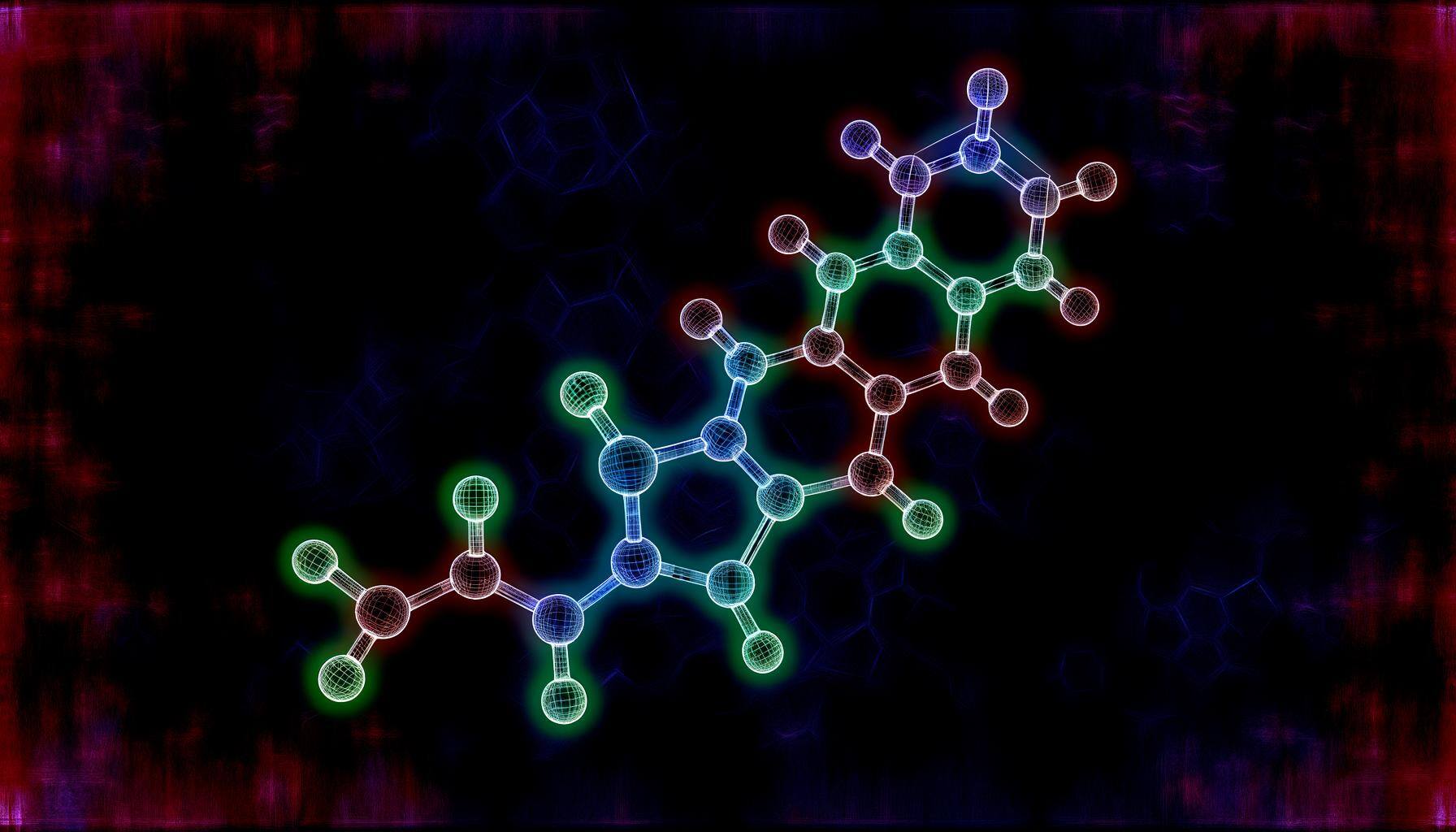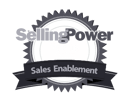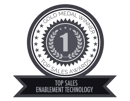sales management
The Psychology of Assumptions and How They Impact Sales
Assumptions are an essential part of human nature. We all make them, whether it’s assuming that your political candidate means what they say or that your car will start in the morning, we may not all make the same assumptions, but we all make assumptions.
5 Terrible Ways to Use AI in Sales
There is no question that generative AI is here to stay. It’s now present in almost every software platform, from Google to Microsoft 365 to Zoom. Reactions to the onslaught of AI tools among the general public is mixed. Some folks love the opportunities and convenience it provides. Some folks are tired of it appearing everywhere they look.
Underneath Complex Sales Are Simple Rules
Sometimes, in complex B2B sales, low activity and slow pipelines are blamed on the idea that the sales process is “complex.” I’ve always been interested in this excuse because it’s never rung true for me.
How and Why to Clearly Define the Sales Role In Your Organization
I think it’s strange that the sales role inside a company is often poorly defined and that the skills and abilities necessary to succeed in that role are rarely formalized. It’s a symptom, in my mind, of the fact that the sales profession is not really treated as a profession.
How to Hack Brain Chemistry for Better Sales Team Performance
I don’t often talk about “hacks,” because I believe that outstanding sales performance doesn’t have shortcuts. You have to have a great strategy, a way of selling, the right team, the right milestone-based process, the right skills, and the right coaching.
Have you misunderstood accountability?
One of the biggest mistakes I made in my leadership journey was misunderstanding how accountability actually works.
External Exposure
Podcasts
- Tony Morris interviews George Brontén on the podcast "Confessions of a serial seller"
- Deadly Assumptions that are Killing your B2B Sales - Outside Sales Talk with George Brontén
- SaaS-Story in the Making: Designing a Buyer-focused Sales Process - with George Brontén
- Tibor Shanto, Sales Scrum, interviews George Brontén
- Andy Paul, Sales Enablement: Stop Killing Deals, with George Brontén
- Jonathan Farrington interviews George Brontén about Stop Killing Deals [the book]
- Sales Futurists: The Future of Professional Selling - What Will the New "Normal" Be Like?
- Sales Pipeline Radio: You’re Killing Sales Deals Without Knowing It: George Will Help You Fix It
- Penta Marketing Interviews George Bronten in the Podcast Emerging Stronger™
- Integrity Solutions: Unmasking and defeating deadly assumptions that plague sales organizations
Videos & interviews
- The Top 5 Ways You are Killing Your Sales - Brutal Truth Sales Podcast
- Phil Gerbyshak interviews George Brontén about the Stop Killing Deals book release
- Membrain's Founding Story
- Sales Tools - the Good, the Bad, and the Ugly
- Here's what to consider when adding or switching your CRM
- Productivity, efficiency, effectiveness – what’s what and where to focus?
- How to Build a Sales Process That Drives Successful Behaviors
- Can Checklists Stop Deals from Dying and Help Consistently Achieve Quota?
Guest Posts
- G2Crowd: "How to Get the Most out of Your Sales Technology Investment"
- Saleslounge: Varför dina stjärnsäljare blir dåliga säljchefer
- Saleslounge: Vad är komplex försäljning?
- Vainu: Så blir du en mästare på komplex B2B-försäljning
- CSO Insights: Sales Process Interview, Part 2
- CSO Insights: Sales Process Interview, Part 1
- Richardson: 3 Pitfalls that Still Make Sales Teams Waste Time and Lower Sales Effectiveness
- Smart Selling Tools: How to Stop Fighting the Monster of Sales Technology Complexity









